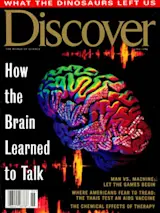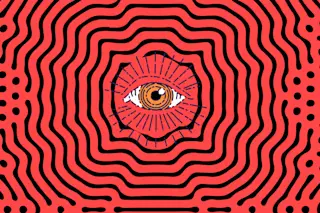Statues of Alexander the Great, like this fourth-century B.C. likeness, sometimes depict their imperial subject with his head tilted slightly upward, toward the heavens. Artistic metaphor for divine favor, or realistic image of human imperfection? No one will ever know the answer for certain, but John Lascaratos and Alexander Damanakis, medical researchers at Athens University, say such busts are accurate portrayals of someone suffering from ocular torticollis--an inability to raise an eye owing to a defect in one of the muscles or tendons that control it. In Alexander’s case, the researchers suggest, the problem was the left eye, and he compensated by holding his chin up with his face turned slightly to the right and his neck leaning a little to the left. The condition is usually congenital, but it can also be caused by injury. Alexander fought in battles from his adolescence on and apparently suffered numerous wounds. Assuming ...
Alexander the Optically Challenged
Explore how ocular torticollis may have influenced depictions of Alexander the Great in ancient statues.
More on Discover
Stay Curious
SubscribeTo The Magazine
Save up to 40% off the cover price when you subscribe to Discover magazine.
Subscribe













